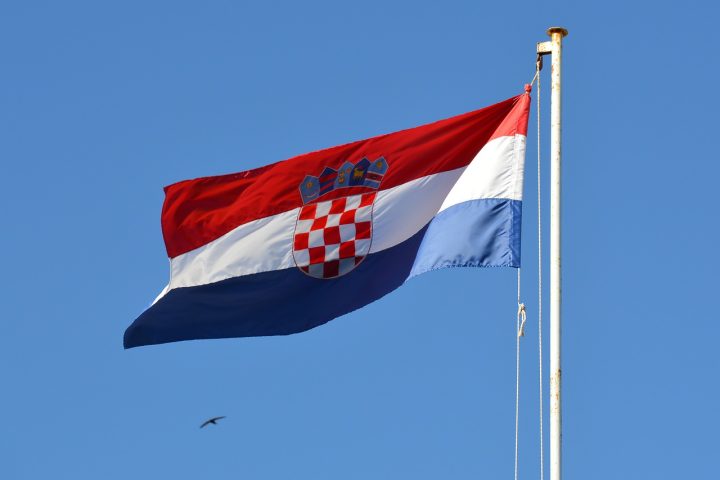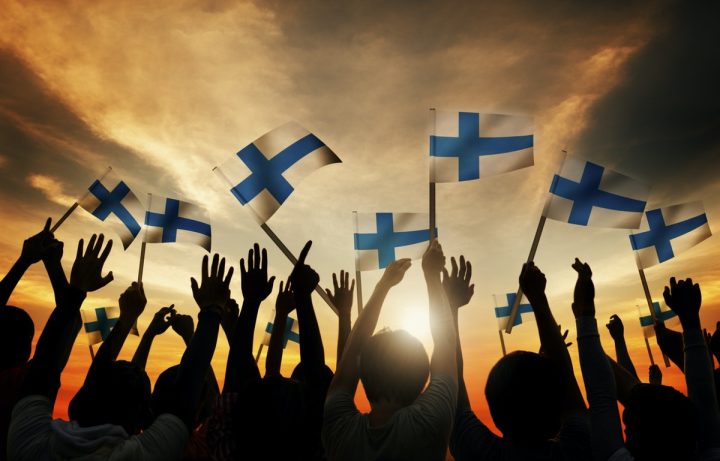European Ecommerce Overview: Portugal
Written by
Kinga EdwardsPublished on
Explore the vibrant e-commerce market in Portugal! Get insights on trends, consumer habits, and growth opportunities.

Portugal is the most westerly country in Europe. It only borders Spain from the east and north. From the west and south, it is surrounded by the Atlantic Ocean. Portugal also owns two archipelagos, the Azores and Madeira.
The travel sector is very important to the country’s economy. Portugal attracts a lot of tourists, which makes it easier to get out of the recession. Portuguese GDP in 2023 reached $287.08 billion, and it’s expected to grow 2.0% for 2024 and 2.3% for 2025.
In this article, you can find some highlights about Portuguese e-commerce, so let’s start!
Portuguese e-commerce overview
E-commerce market revenue in Portugal is forecasted to reach $4.78 million by the end of 2024. By 2029, it is projected to hit $7.71 million. The combination of widespread internet access, e-commerce convenience, a vast range of product options, mobile connectivity, and a growing trust in online shopping has created the perfect environment for the sector to thrive.
More Portuguese consumers are turning to online platforms for convenience, better deals, and a wider range of products. This trend has been accelerated by changes in consumer habits and the increase in digital payment solutions.
The top 5 most visited retail websites in Portugal are OLX, Worten, Amazon, AliExpress, and Leroy Merlin. As you can see, Amazon takes only the third place – it doesn’t have such a retail power as in Germany. Nevertheless, it’s still an important marketplace in Portugal.
When it comes to the most popular categories for online purchases in Portugal, for March 2024, they include clothing and shoes, with 56 percent and 35 percent of consumers, respectively, preferring these items. The third place belongs to books, movies & games (no downloads included). After that were cosmetics & body care, accessories, and consumer electronics. Portugal has a fine manufacturing tradition when it comes to textiles and footwear. This influences the country’s high interest in the apparel sector. Most of the clothing brands produce their clothes and shoes in the Porto area. We are talking about companies such as Stella McCartney, Ralph Lauren, and Burberry.
The internet usage in Portugal increased over the past years. In the beginning of 2024, Portugal was on the 20th place in the ranking of countries with the highest internet penetration rate.
Consumer behavior in Portugal
Portuguese shoppers are increasingly savvy, with 86% of respondents actively seeking special offers while shopping. This shows how important value for money is to consumers in Portugal. For apparel and footwear, comfort and practicality are top priorities, with 80% of shoppers focusing on these factors. However, fashion still holds significance, as 50% of respondents said that dressing well is important to them.
When asked Portuguese consumers about the attitudes towards digital media:
- 51% of respondents said that digital services enable them to discover new content” as an answer
- 46% think that it’s too expensive for them to afford all the streaming services that they want
- and 41% want access to their music/music on all devices.
The rest answers were as follows:
As we see, Portuguese people have different attitudes towards digital media: some respondents just want to explore new content, some want to have access to music on all devices, some find digital content easier to manage, etc. This shows the diversity of Portuguese society.
Consumer confidence is slowly on the rise, with a confidence index of -13.1 in September 2024, the highest since 2021. This improvement suggests that people are feeling more optimistic about their financial future, which could positively impact spending.
Speaking of spending, household disposable income per capita is forecasted to be $20.26 thousand, and total consumer spending is expected to reach $191.40 billion in 2024. Per capita, food and non-alcoholic beverages spending is estimated at $3.35 thousand, while housing spending is projected at $3.28 thousand. Healthcare spending per person is forecasted at $1.09 thousand.
Payment methods in Portugal
The payment landscape in Portugal is dominated by debit cards and online payment services like PayPal, Google Pay, and Klarna. According to a recent survey, 62% of Portuguese consumers use debit cards for online transactions. This reflects a preference for straightforward, secure options directly tied to their bank accounts.
Close behind are online payment services, with 56% of consumers opting for these digital platforms, which reflect the increasing convenience and security of services like PayPal. These platforms offer quick, seamless transactions, contributing to their rising popularity.
Other payment methods include direct debit (53%), where payments are automatically withdrawn from the consumer’s bank account. Credit cards, used by 41% of respondents, remain a popular choice, though less so than debit cards. Traditional methods like paying by invoice (25%) and cash on delivery (19%) are still in use, but are gradually being replaced by more digital-friendly options like prepaid cards (11%) and cash in advance (6%).
So, while debit cards and online payment services lead the way, the diversity of payment methods shows how Portuguese consumers value both convenience and flexibility in managing their purchases.
What’s interesting, Buy Now, Pay Later (BNPL) is also gaining popularity in Portugal’s e-commerce scene, as it offers consumers flexible payment options. Leading the charge is Klarna, which allows payments to be spread over time, and is a go-to choice for many Portuguese shoppers. PayPal’s Pay in 4 option is another favorite, which offers interest-free payments divided into four installments.
Social media in Portugal
There are 7.43 million social media users identities in Portugal in 2024 – its 72.6% of the whole population. The average time spent using social media is 2h 23m. Moreover, the average number of social media platforms used each month is 6.7. The main reasons for using social media are keeping in touch with friends and family, filling spare time, reading news stories, finding inspirations for shopping, and finding content, like articles and videos.
The most used social media platforms are WhatsApp, Instagram, Facebook, Facebook Messenger, and TikTok.
However, when it comes to favorite social media platforms, the ranking changes a little: the first place belongs to Instagram, then goes WhatsApp, Facebook, and TikTok. It’s not the end. The most time is spent on TikTok (36h38m!), then on YouTube, Instagram, and next Facebook. This shows that video content has a real power in Portugal and many people take advantage of it.
Portuguese logistics
Portugal is seen as a favorable location for logistics operations due to strong and solid market fundamentals. The Bank of Portugal forecasts a GDP expansion of 2.0%, which may positively impact the logistics sector.
Demand for logistics space in the country was forecasted to reach 129,500 sqm in the second quarter – it’s an increase of 7% compared to the same period in 2023. Moreover, the country’s container port traffic is projected to reach 3.41 million TEU, which indicates a robust flow of goods through its ports. This highlights Portugal’s strategic importance as a hub for international trade, within Europe especially.
Looking ahead, the logistics costs for the Transportation & Logistics market are expected to reach $35.22 billion by 2029, reflecting a 1.99% annual growth rate (CAGR from 2024 to 2029). This growth is driven by increased demand for efficient logistics services, particularly in e-commerce and industrial sectors, as well as improvements in infrastructure.
Export growth in transport equipment increased by 7.3% in 2023, which reflects the rising demand for vehicles and related products. This trend is expected to continue, as companies forecast a 2.9% nominal increase in overall exports of goods, particularly benefiting transportation-related industries. Additionally, imports have seen fluctuations, with a 35.6% drop in transactions with the United States and changes in trade relations with other European countries, including Spain and France.
Despite challenges like global supply chain disruptions and increased production costs, companies are adjusting to market demands. This resilience and adaptability make transportation equipment a crucial pillar of the country’s economy – especially as Portugal focuses on modernizing its infrastructure and supporting export growth.
To wrap up
Portugal’s e-commerce market is doing well and growing, despite many economic or market challenges. Online shopping has become an integral part of everyday life, with customers drawn to the convenience, variety, and competitive pricing that e-commerce offers. With payment methods like debit cards, online payment services, and even BNPL solutions gaining traction, it’s easier than ever for Portuguese shoppers to buy online.
Both local and international businesses are betting on Portugal as a key market. It’s an exciting time to establish your e-commerce business in this country!
Subscribe to our newsletter below and stay tuned for more e-commerce news.


